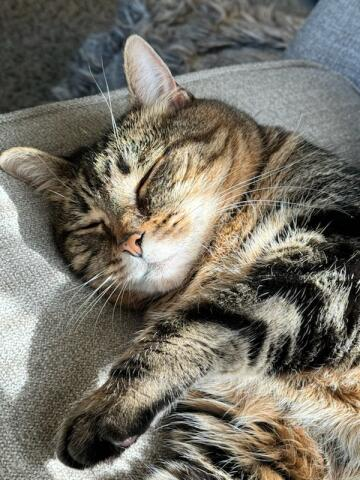Render on the left, real product photos on the right. (clay render and wireframe in comments)
Nice job! Lighting looks really good!
Some friendly advice for improving the render quality even further: Be mindful of your UV’s and seams. Especially wood grain is particularly tricky to do well. This particular render works well when glancing at a distance, but it starts to fall apart when you zoom in on the details.
You did a really good job of faking the wool like material for the seat. I know from experience rendering fuzzy cloth materials that there isn’t an easy way to make them from scratch. Especially felt and wool are a bitch to make realistic shaders for. If you want realism for those, you have to simulate the actual material to some degree, which means diving into the rabbit hole that is geometry nodes.
For the floor and the wall materials: Imperfections are your best friend when aiming for realism. Mixing in different texture maps to add subtle stains, dust, rust, scratches and other kinds of damage can really help sell the illusion of real concrete or plaster. And while not really relevant when mimicking a near-perfect photo, adding subtle fingerprints, specks of dust/lint or stains to a reflective surface sometimes makes for a better render.
But most important of all: Remember that rendering things is always more art than science. There are multiple ways to achieve different effects and learning all the tricks by experimenting is going to really up your game. Keep going!
You made that with Blender? Wow. I have blender on my desktop and I have no idea how to use it. I’ve been putting off learning it for a couple of months now. Is it difficult?
It takes some time to get into it. It’s a surprisingly huge program that does so many things.
I highly recommend the Donut Tutorial from Blender Guru. His series takes you from step 0, you have literally nothing Blender on your computer to making a quite realistic looking donut model by the end. Personally even as someone who’s spent 8+ years in Blender, each time he’s remade the series for new major Blender versions, I learn something new.
God dayum that is some incredible photorealism! Impressive work!


